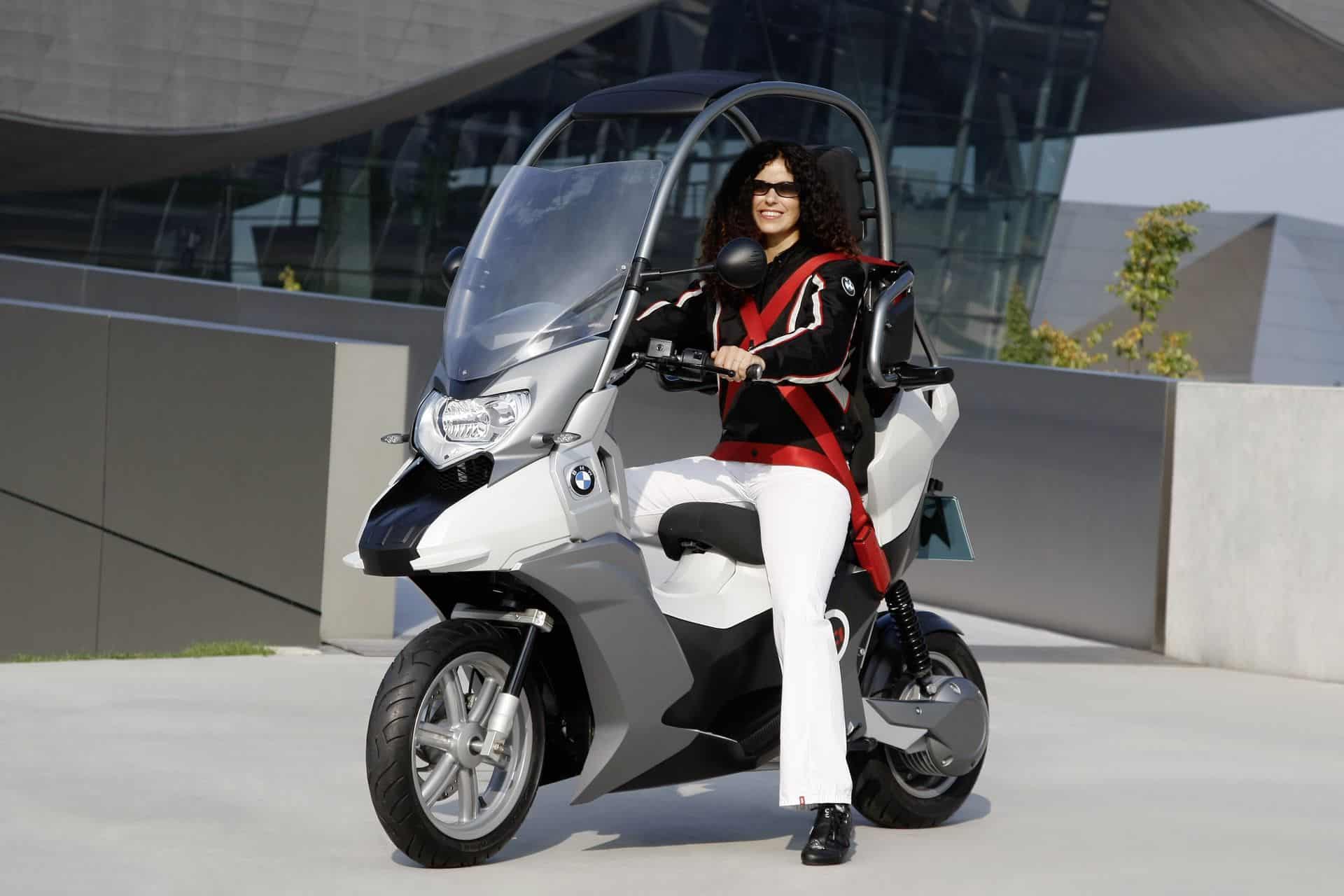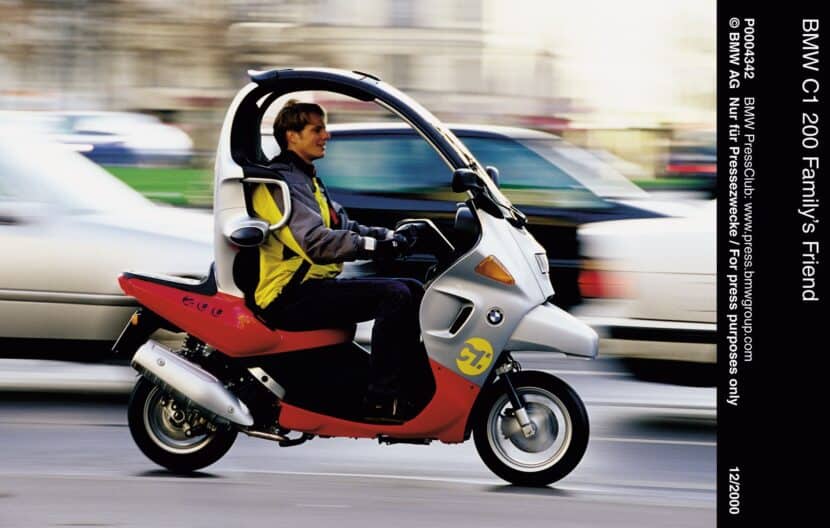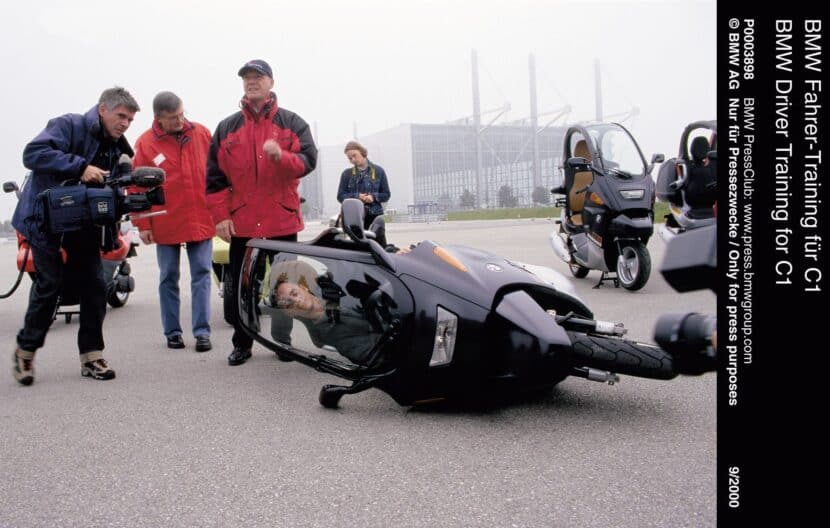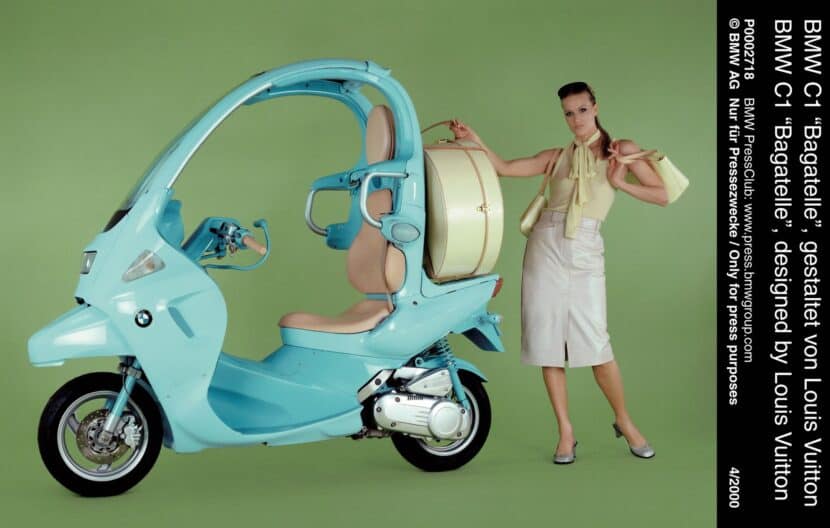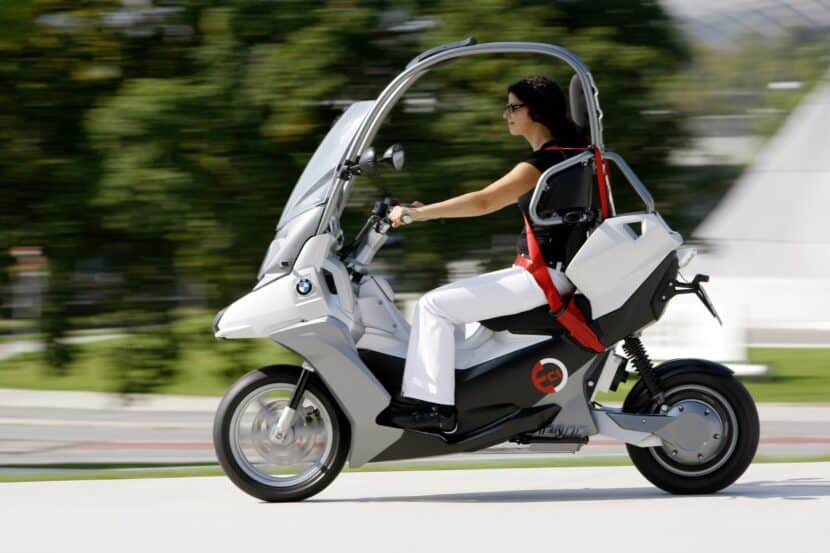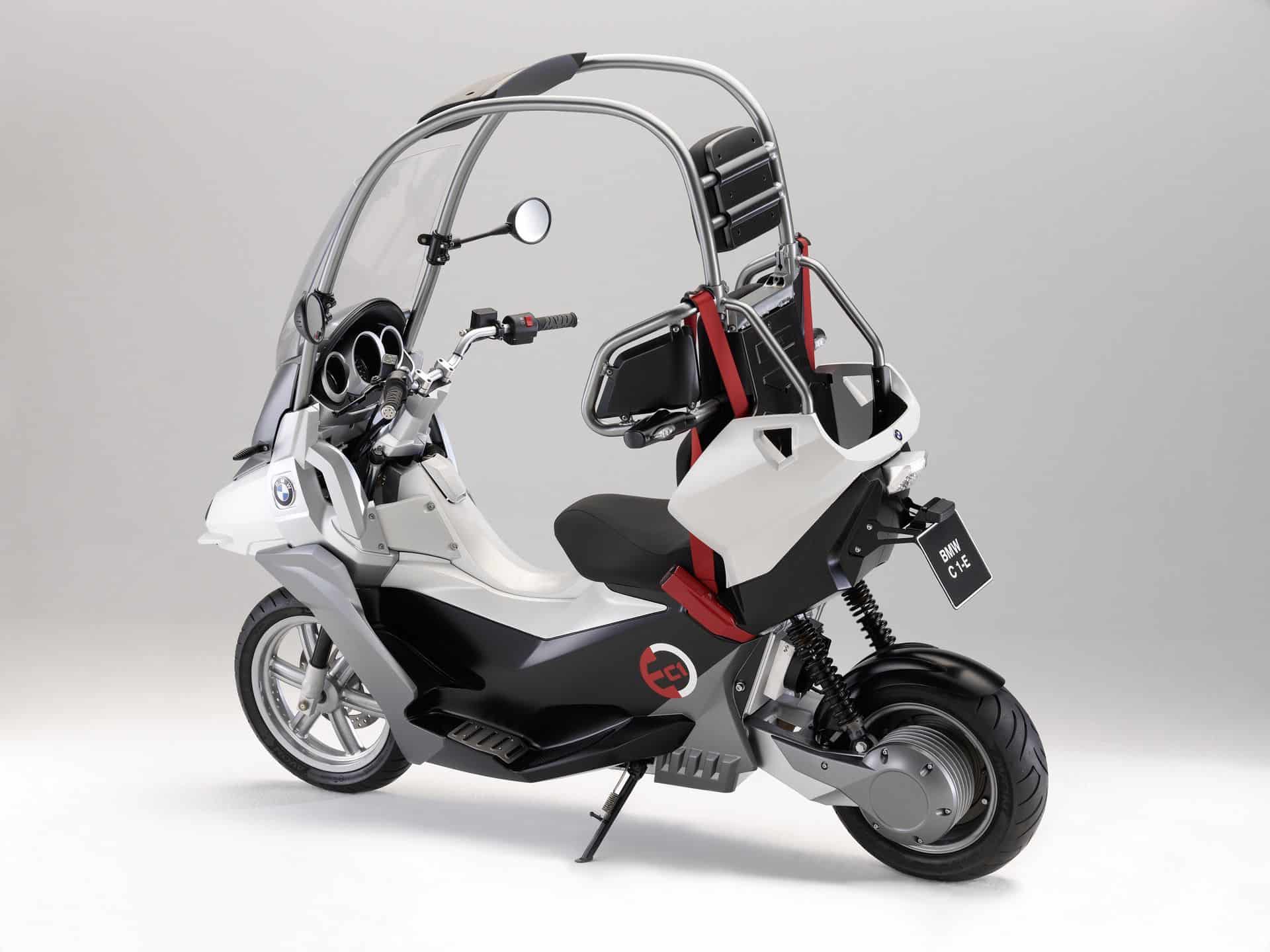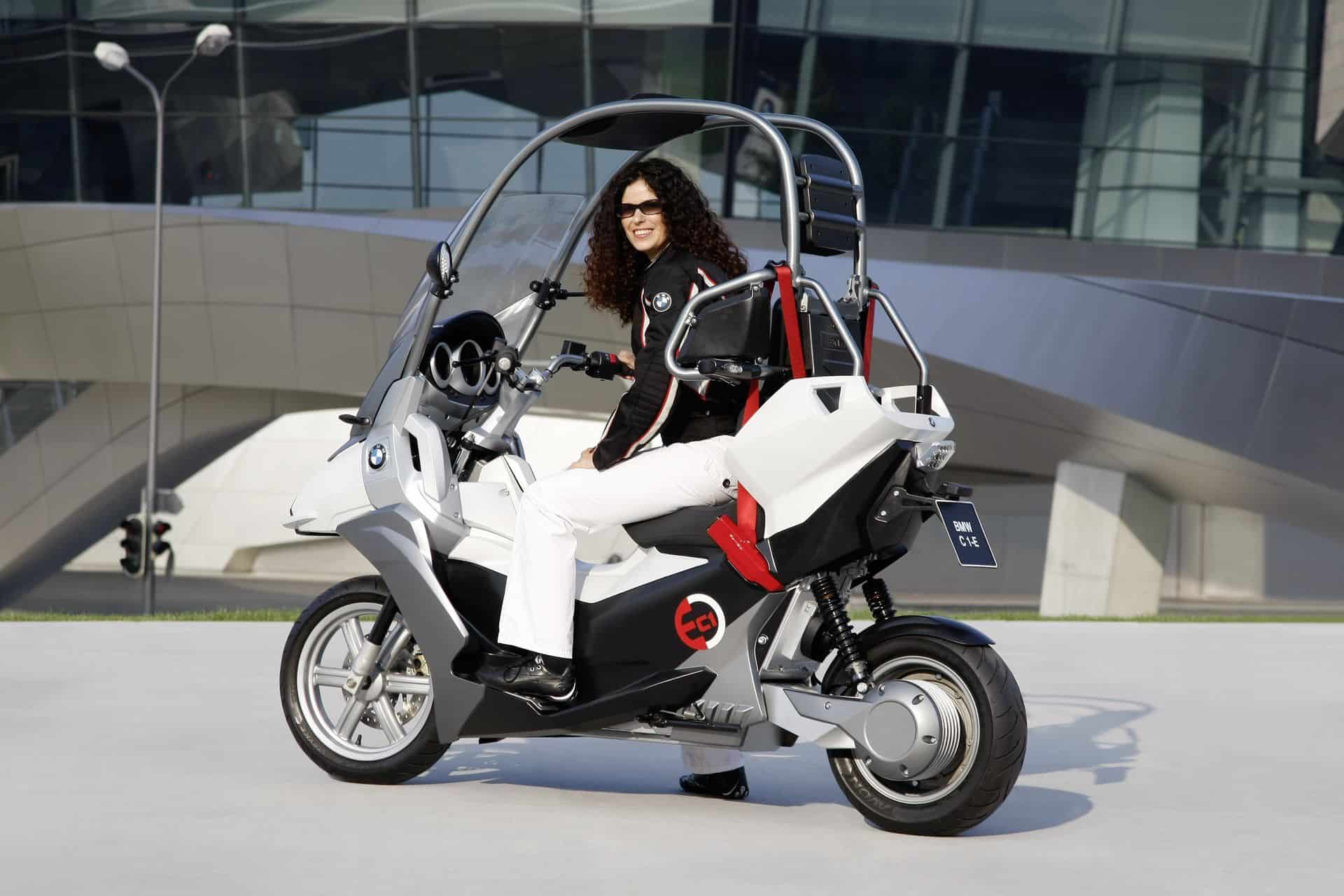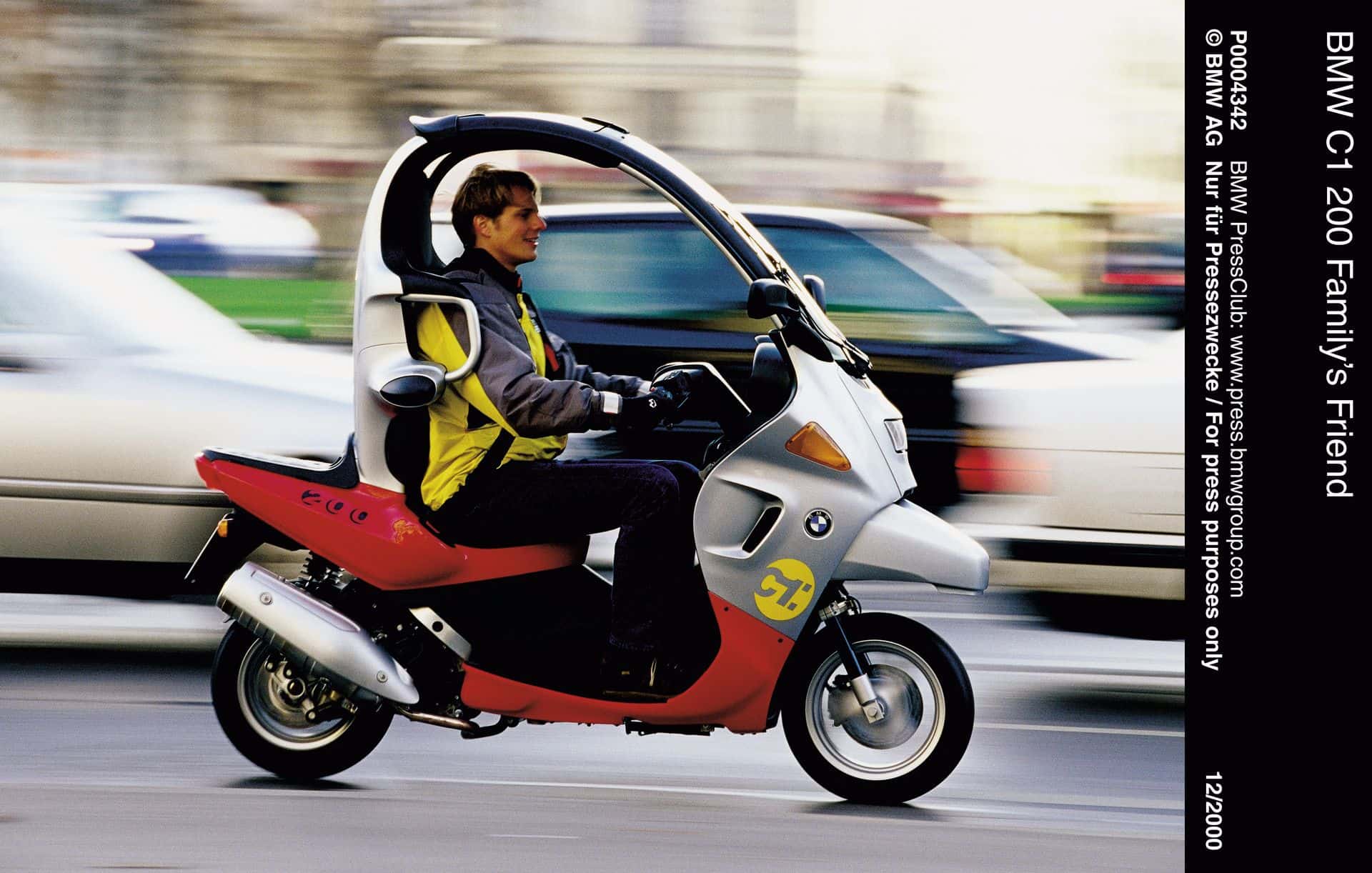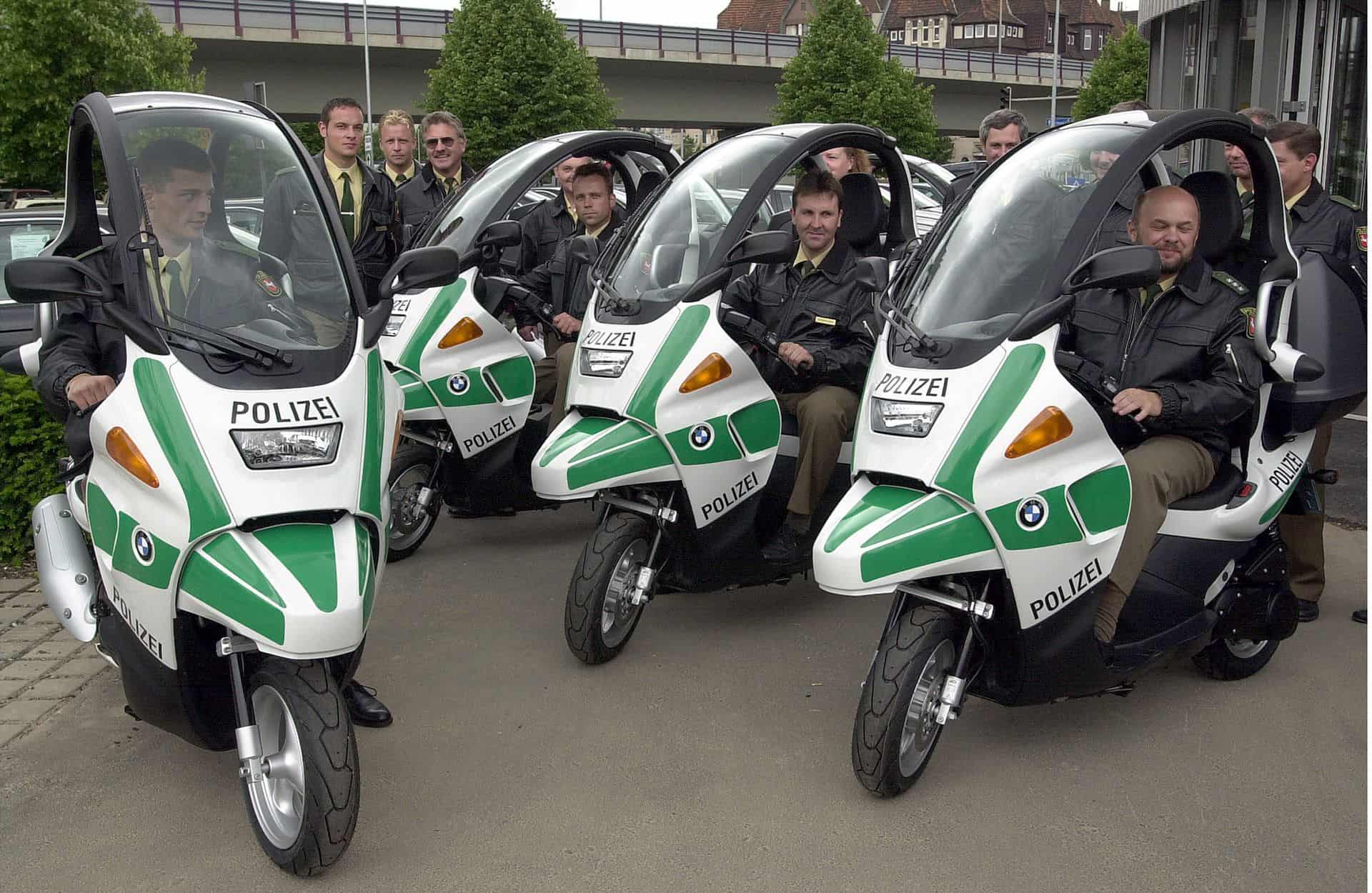In the year 2000, BMW Motorrad launched an ambitious project, the C1 scooter, aimed at reshaping urban transportation. Despite the company’s high hopes, the scooter did not catch on commercially. However, the increasing problem of urban congestion brings into question whether the C1’s innovative design could see a resurgence in interest if its foundational ideas were revisited today.
In an interview with MOTORRAD , Markus Flasch, the new BMW motorcycle boss, supported such a new model – in contrast to a powerful electric motorcycle, a project that was delayed under his tenure. “For example, we already had a product with which you could move around on two wheels, protected from the wind and weather, without a helmet,” Flasch said of the BMW C1. “That’s something that hardly anyone can follow us on. This has been consistently developed further. When it comes to electric drives and urban, I can definitely imagine setting new trends and at the same time building on old trends.”
What Was The BMW C1?
The C1 was designed to blend the advantages of different modes of transportation. Produced by the Italian manufacturer Bertone, this compact scooter was tailored for navigating city streets, offering the maneuverability and fuel efficiency typical of scooters but with significant drawbacks such as exposure to weather and higher risk of injury in accidents, common issues when comparing scooters to cars.
The BMW C1 sought to mitigate these drawbacks with its unique design, featuring a partially enclosed cabin with a roof, offering riders protection from bad weather and enhancing safety, distinguishing it from traditional scooters. It boasted safety features comparable to those of a European compact car in frontal collisions, including a front crumple zone, an aluminum roll cage, and a racing-style seat belt. These innovations were so effective that BMW lobbied for C1 riders to be exempt from wearing helmets in several countries, a request that was met with mixed responses.
Though initially intended to be released in the United States, BMW ultimately decided against it, deeming the scooter inconsistent with its brand image and positioning within the American market. The C1’s launch was met with curiosity and interest, as it offered a unique compromise between the safety and comfort of a car and the compactness and agility of a motorcycle, particularly appealing in congested urban settings. However, the scooter’s relatively high price point, often exceeding 10,000 DM, contributed to its commercial struggle, leading BMW to cease production in 2003 after manufacturing just over 33,000 units.
BMW C1-E Concept
Despite the lukewarm reception to the first iteration, the concept of the C1 continued to hold appeal for BMW Motorrad. In 2009, the company unveiled the C1-E, a concept scooter based on the original but powered by a lithium-ion battery instead of a gasoline engine, signaling ongoing interest in the C1’s concept. This concept was a clear indicator of BMW’s interest in electric mobility, featuring electrical technology sourced from Vectrix due to BMW’s own electric platform being in its nascent stages at the time.
In the interview with MOTTORAD Online, BMW Motorrad boss Markus Flasch did not make any specific announcements on this topic. It is therefore unclear whether a new, electrically powered scooter with a roof from BMW will actually go into series production. If so, the planned date for the market launch is as unknown as the model name. [Source: Motorrad Online]


